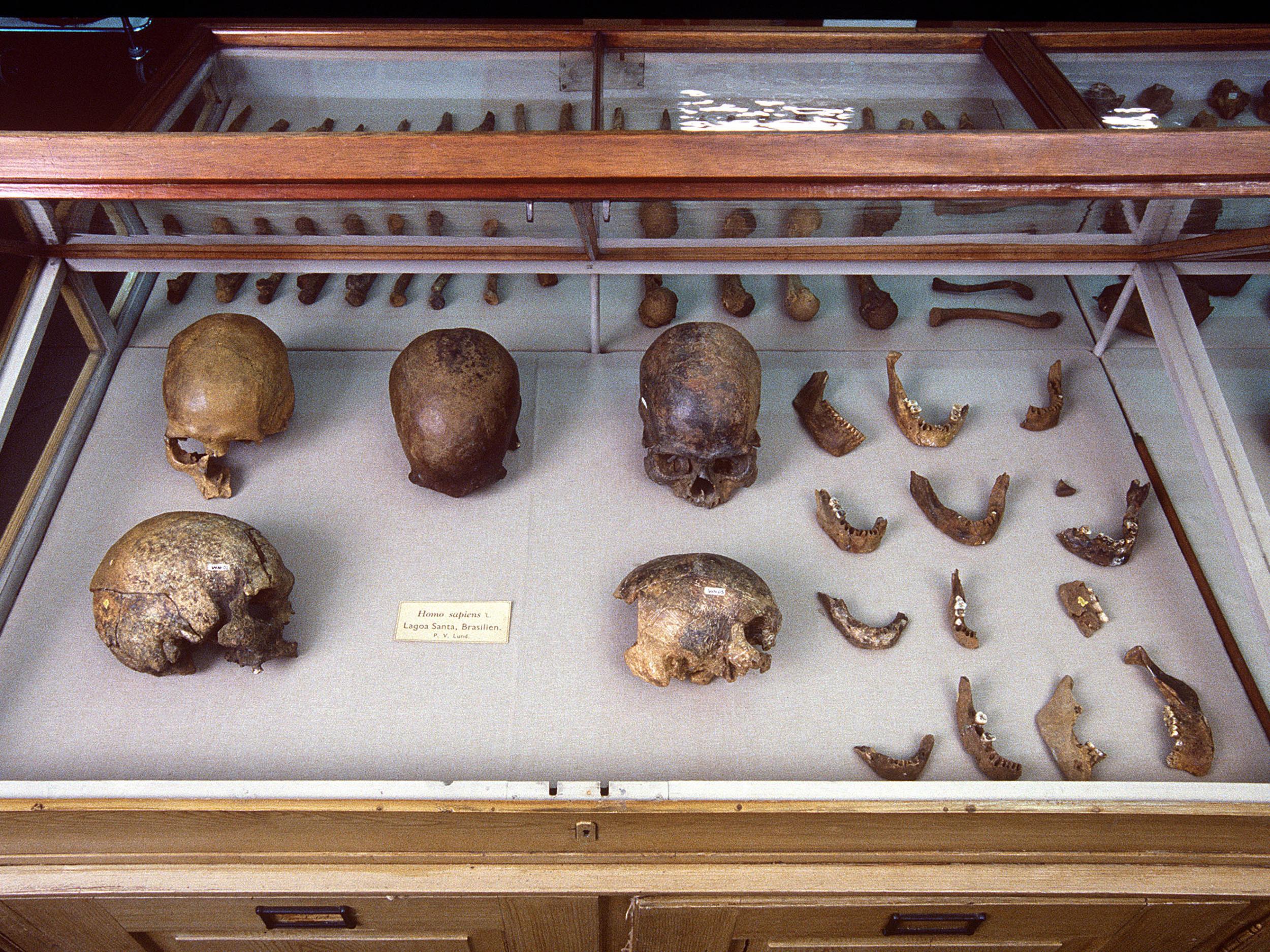Analysis of world's oldest natural mummy reveals mysteries of Native American tribes
Genetic study of human remains from across Americas documents prehistoric migration and helps return contested body to its people

Your support helps us to tell the story
From reproductive rights to climate change to Big Tech, The Independent is on the ground when the story is developing. Whether it's investigating the financials of Elon Musk's pro-Trump PAC or producing our latest documentary, 'The A Word', which shines a light on the American women fighting for reproductive rights, we know how important it is to parse out the facts from the messaging.
At such a critical moment in US history, we need reporters on the ground. Your donation allows us to keep sending journalists to speak to both sides of the story.
The Independent is trusted by Americans across the entire political spectrum. And unlike many other quality news outlets, we choose not to lock Americans out of our reporting and analysis with paywalls. We believe quality journalism should be available to everyone, paid for by those who can afford it.
Your support makes all the difference.A massive study of ancient remains spanning two continents has revealed the movements of the first people to colonise the Americas.
Scientists sequenced the genomes of 15 ancient Americans from across North and South America, six of which were more than 10,000 years old.
Among the specimens examined were remains from a Brazilian site called Lagoa Santa, the most ancient bodies found in Patagonia, and the world’s oldest natural mummy from Spirit Cave in Nevada.
Using the evidence which stretched from Alaska to Chile, researchers were able to demonstrate the “astonishing” speed at which people colonised the region after they diverged from their East Asian ancestors.
Conducting DNA analysis, the scientists were also able to conclusively prove that the Spirit Cave mummy was related to Native Americans living today in the Nevada.
The Fallon Paiute-Shoshone Tribe had requested repatriation of the remains, which they claimed belonged to one of their own, but were denied due to the body’s disputed ancestry.
It was only after Professor Eske Willerslev of the University of Cambridge and his team conducted their genetic analysis that they were able to prove a connection with the modern tribe.
“Spirit Cave and Lagoa Santa were very controversial because they were identified as so-called ‘Paleoamericans’ based on craniometry – it was determined that the shape of their skulls was different to current day Native Americans,” said Professor Willerslev. “Our study proves that Spirit Cave and Lagoa Santa were actually genetically closer to contemporary Native Americans than to any other ancient or contemporary group sequenced to date.”
With the results confirmed, the remains were returned to the tribe in 2016, where they were given a private reburial.
A statement from the Fallon Paiute-Shoshone Tribe said they “had a lot of experience with members of the scientific community, mostly negative”.
It added: “However, there are a handful of scientists that seemed to understand the tribe’s perspective and Eske Willerslev was one of them. His new study confirms what we have always known from our oral tradition and other evidence – that the man taken from his final resting place in Spirit Cave is our Native American ancestor.”
By combining the wealth of evidence, the scientists revealed a story of ancient movement that spanned millennia.
“A striking thing about the analysis of Spirit Cave and Lagoa Santa is their close genetic similarity which implies their ancestral population travelled through the continent at astonishing speed,” said Dr David Meltzer from Southern Methodist University. “That’s something we’ve suspected due to the archaeological findings, but it’s fascinating to have it confirmed by the genetics.
“These findings imply that the first peoples were highly skilled at moving rapidly across an utterly unfamiliar and empty landscape. They had a whole continent to themselves and they were travelling great distances at breath-taking speed.”
The findings were published in the journal Science.
Join our commenting forum
Join thought-provoking conversations, follow other Independent readers and see their replies
Comments